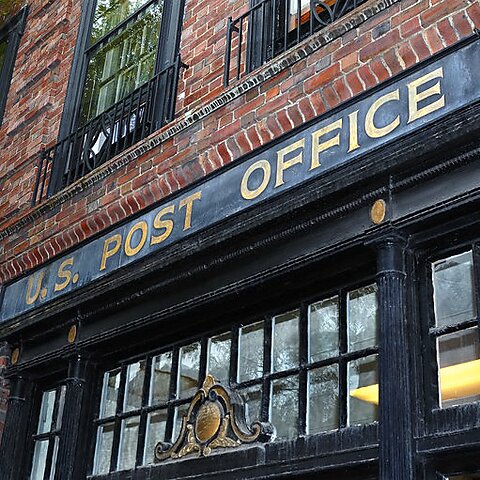Commenting on possible US Postal Service (USPS) privatization a few months ago, President Donald Trump said, “it’s an idea that a lot of people have liked for a long time.” Indeed, they have. Cato has been making the case for privatization since the 1980s. Then with the rise of the internet in the 1990s, it became even more clear that a government-owned paper-delivery system was not needed.
In 2002, the Congressional Research Service (CRS) noted that Ruth Goldway of the Postal Rate Commission had
proposed privatizing USPS through an initial public stock offering that might bring as much as $100 billion to the Treasury … Privatization, she believes, is “the best way to save the institution from oblivion” as financial correspondence increasingly moves on-line.
The CRS also noted at the time that Postmaster General William Henderson
in his final interviews and public appearances, said that privatization has been adopted by much of the rest of the world and is inevitable here, as well. Shortly after leaving office, he explicitly endorsed privatizing USPS through an employee stock option plan.
Two decades later, the case for privatization is even stronger. The USPS has lost billions of dollars over the years, and the volume of mail continues to fall. Privatization would allow the USPS to cut costs, innovate, and find new markets.
We put together this table showing changes in USPS operations since 2000.
The data indicate that since the turn of the century:
- The volume of first-class mail, marketing mail, and periodicals has fallen continuously.
- Marketing mail—“junk mail”—has become the largest type of mail by volume.
- Post office visits are down by half since 2000 even though the US population has increased 21 percent since then.
- Despite the huge drop in visits, the number of post offices has been cut just 8 percent since 2000. Many post offices today get little traffic, with the average location receiving just 9 visits per hour—calculated by roughly assuming 2,500 hours per location per year.
- USPS management has cut the number of employees 29 percent since 2000, but total product volume is down 46 percent.
- Almost three-quarters of USPS costs are employee compensation. About four-fifths of the labor force is unionized.
- Operating expenses are higher than operating revenues.
- The USPS is a sharply declining part of the US economy.
Some cost-cutting approaches seem obvious. How about closing thousands of little-used retail post offices and those close to other locations? How about moving to three-day-a-week delivery (rather than six) to cut the USPS’s massive vehicle fleet? Such changes would save money and benefit the environment.
However, such reforms are difficult to make with the USPS in government hands. As Cato has long suggested, the best solution is privatization.
More on USPS reform here, here, here, here, and here.
Table compiled by the author based on data in USPS financial statements here, here, here, and here.
Yasmeen Kallash-Kyler helped research the article.


